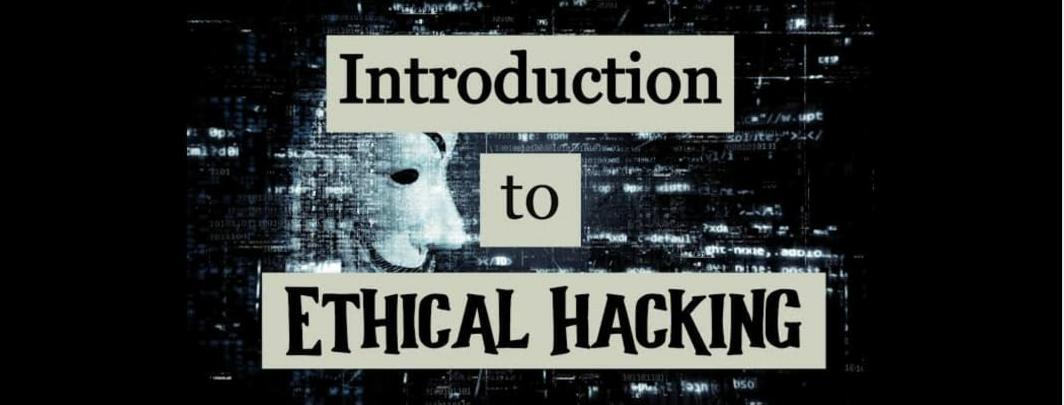Introduction

The term hacking has been around for a long time now. The first recorded instance of hacking dates back to the early 1960s in MIT where both the terms, ‘Hacking’ and ‘Hacker’ were coined. Since then, hacking has evolved into a broadly followed discipline for the computing community. In this “What is Ethical Hacking” article, we are going to go through the fundamentals of Ethical Hacking!

Ethical hacking involves an authorized attempt to gain unauthorized access to a computer system, application, or data. Carrying out an ethical hack involves duplicating strategies and actions of malicious attackers. This practice helps to identify security vulnerabilities which can then be resolved before a malicious attacker has the opportunity to exploit them. Also known as “white hats,” ethical hackers are security experts that perform these assessments. The proactive work they do helps to improve an organization’s security posture. With prior approval from the organization or owner of the IT asset, the mission of ethical hacking is opposite from malicious hacking.
Hacking is the process of finding vulnerabilities in a system and using these found vulnerabilities to gain unauthorized access into the system to perform malicious activities ranging from deleting system files to stealing sensitive information. Hacking is illegal and can lead to extreme consequences if you are caught in the act. People have been sentenced to years of imprisonment because of hacking.
